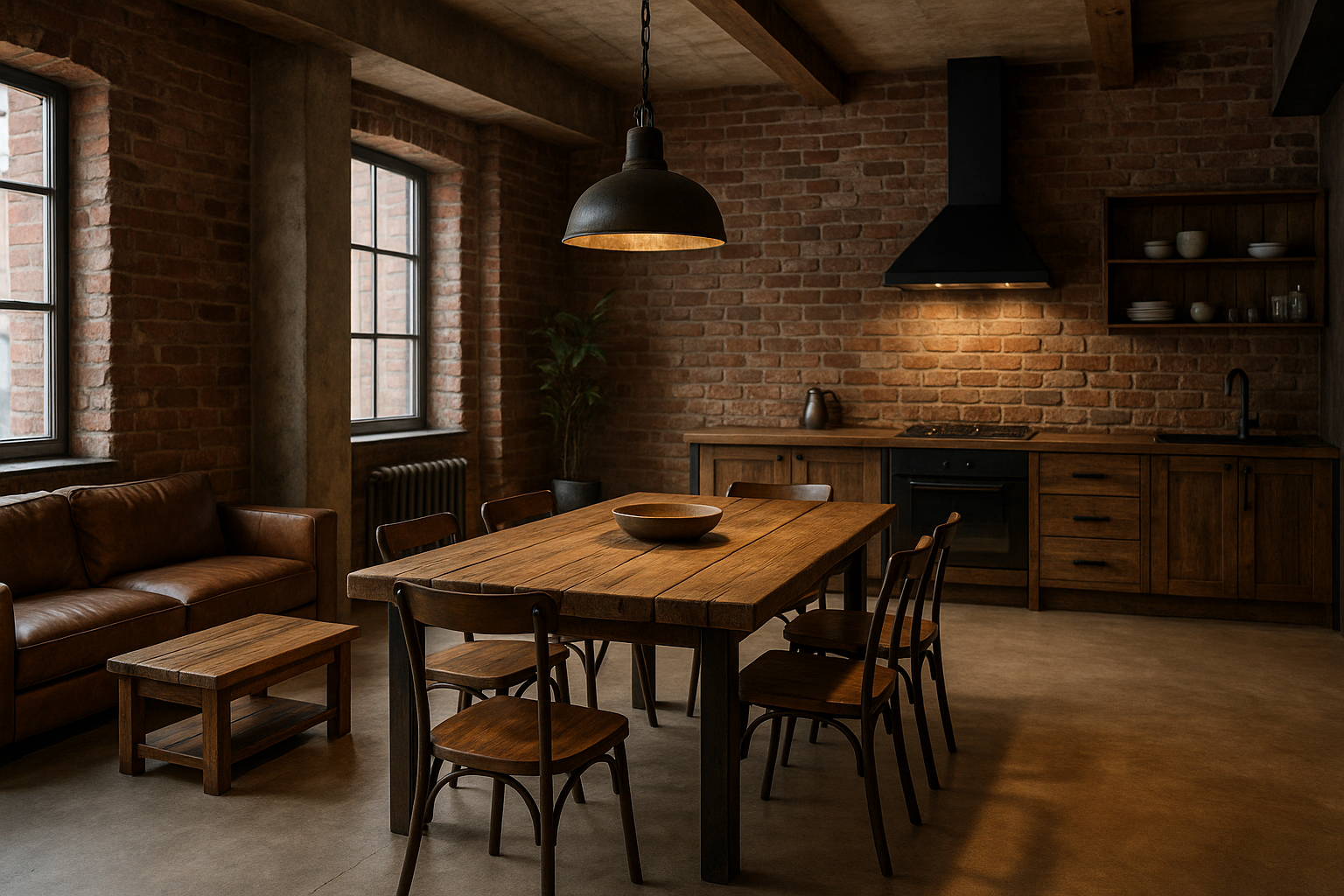Trending dinner table designs for homes
Modern dining spaces are evolving beyond traditional rectangular tables, embracing innovative shapes, materials, and functional designs that reflect contemporary lifestyles. Today's homeowners seek dining furniture that balances aesthetic appeal with practical needs, creating spaces that accommodate both intimate family meals and entertaining guests. From sleek minimalist designs to bold statement pieces, the current market offers diverse options that cater to various interior styles and spatial requirements.

Discover trending dinner table styles for modern interiors
Contemporary dining table designs showcase a fascinating blend of form and function, with manufacturers embracing unconventional materials and geometric shapes. Round and oval tables have gained significant popularity, offering better conversation flow and space efficiency compared to traditional rectangular designs. Live-edge wooden tables, featuring natural bark edges and organic shapes, bring warmth and character to modern interiors while celebrating the beauty of natural materials.
Marble and concrete surfaces have emerged as sophisticated alternatives to traditional wood finishes, providing durability and visual impact. Mixed-material designs combining wood bases with glass or stone tops create striking focal points that complement various decorating styles. Extendable mechanisms have also evolved, with hidden leaf systems and butterfly extensions offering seamless expansion capabilities without compromising aesthetic appeal.
Learn how to choose the right dining table for your space
Selecting an appropriate dining table requires careful consideration of room dimensions, seating capacity, and lifestyle needs. The standard rule suggests allowing 36 inches between the table edge and walls or other furniture to ensure comfortable movement around the dining area. For rectangular tables, calculate approximately 24 inches of table width per person, while round tables typically accommodate more people in smaller spaces due to their efficient use of floor area.
Height considerations play a crucial role in comfort and functionality. Standard dining tables measure 28-30 inches high, pairing well with chairs measuring 17-19 inches from floor to seat. Counter-height tables at 34-36 inches create a more casual atmosphere and work well in open-concept spaces, while bar-height options at 40-42 inches suit contemporary lofts and entertainment areas.
Material selection should align with maintenance preferences and usage patterns. Hardwood surfaces like oak, walnut, and maple offer durability and timeless appeal but require regular care. Glass tops provide easy cleaning and visual lightness but show fingerprints and scratches more readily. Laminate and engineered surfaces offer budget-friendly options with improved scratch and stain resistance.
Explore creative table setups for every dining mood
Versatile dining arrangements can transform the atmosphere and functionality of your dining space throughout different occasions. Modular table systems allow homeowners to reconfigure seating arrangements, combining smaller units for intimate dinners or expanding for larger gatherings. Drop-leaf and gate-leg designs provide flexibility in compact spaces, folding down when not needed and expanding for entertaining.
Bench seating has gained popularity as an alternative to traditional chairs, offering space-saving benefits and casual comfort. Mixed seating arrangements combining chairs and benches create visual interest while accommodating varying numbers of diners. Built-in banquette seating maximizes corner spaces and provides additional storage opportunities beneath cushioned surfaces.
Lighting integration has become an essential consideration in modern dining setups. Pendant lights positioned 30-36 inches above table surfaces provide optimal illumination without obstructing sight lines. Adjustable fixtures allow customization of ambiance for different dining experiences, from bright task lighting for family meals to dimmed atmospheric lighting for entertaining.
| Table Style | Price Range | Key Features |
|---|---|---|
| Solid Wood Rectangle | $800-$3,500 | Durable, classic appeal, various finishes |
| Round Pedestal | $600-$2,800 | Space-efficient, conversation-friendly, stable base |
| Extendable Oval | $1,200-$4,200 | Flexible seating, smooth mechanisms, versatile |
| Live-Edge Slab | $1,500-$6,000 | Unique character, natural beauty, statement piece |
| Glass Top Modern | $400-$2,200 | Easy maintenance, visual lightness, contemporary |
| Counter Height | $500-$2,500 | Casual dining, space-saving, modern aesthetic |
Prices, rates, or cost estimates mentioned in this article are based on the latest available information but may change over time. Independent research is advised before making financial decisions.
The evolution of dining table design reflects changing lifestyle patterns and interior design preferences. Contemporary homeowners increasingly value furniture that serves multiple purposes, leading to innovations in storage integration and convertible designs. Tables with built-in drawers, wine storage, or removable leaves address practical needs while maintaining aesthetic appeal.
Sustainability considerations have also influenced modern dining furniture trends. Reclaimed wood tables offer environmental benefits while providing unique character and history. Manufacturers are increasingly using eco-friendly finishes and sustainable harvesting practices, appealing to environmentally conscious consumers who want beautiful furniture without compromising their values.
Technology integration represents an emerging frontier in dining table design. Some manufacturers now offer tables with built-in wireless charging stations, USB ports, or even integrated heating elements for keeping food warm during extended meals. These innovations cater to modern lifestyles while maintaining the fundamental purpose of bringing people together around shared meals.




